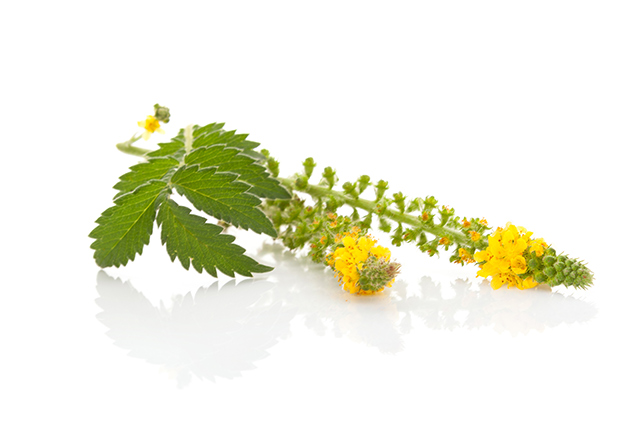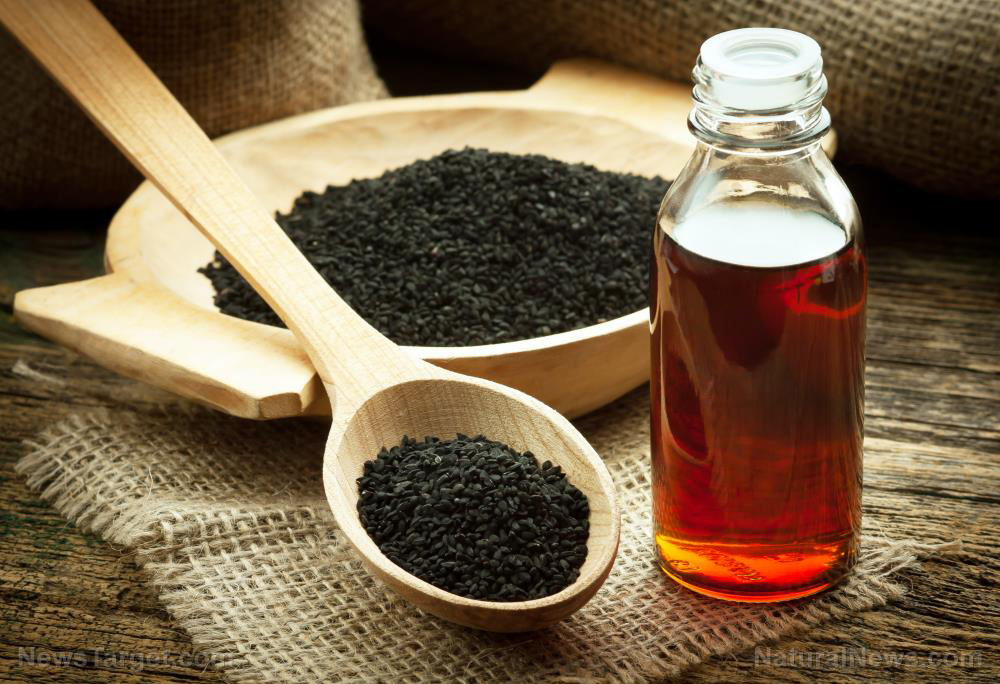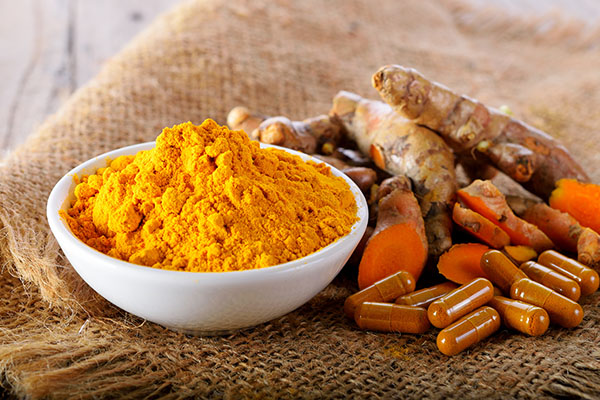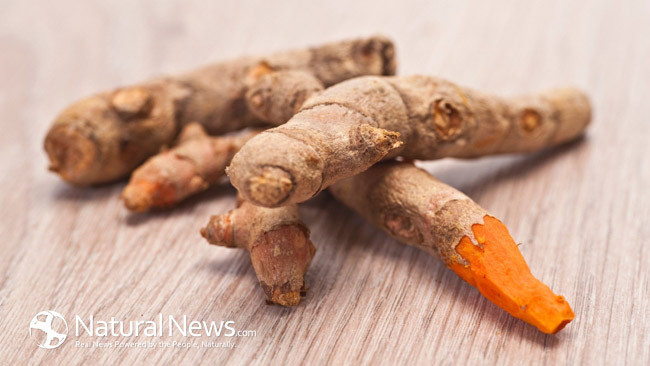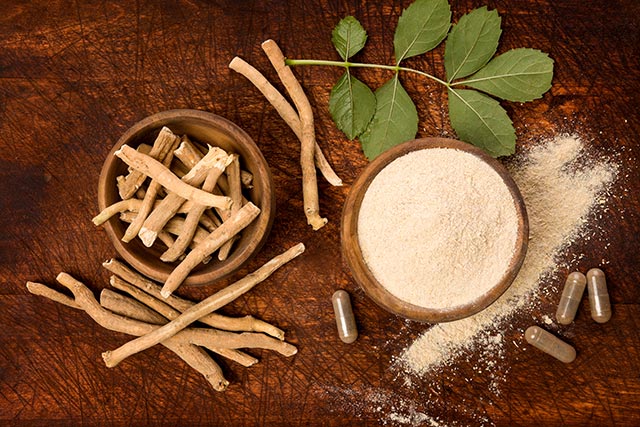White Willow Bark: Nature’s ancient remedy for pain and inflammation
05/21/2025 / By Ava Grace
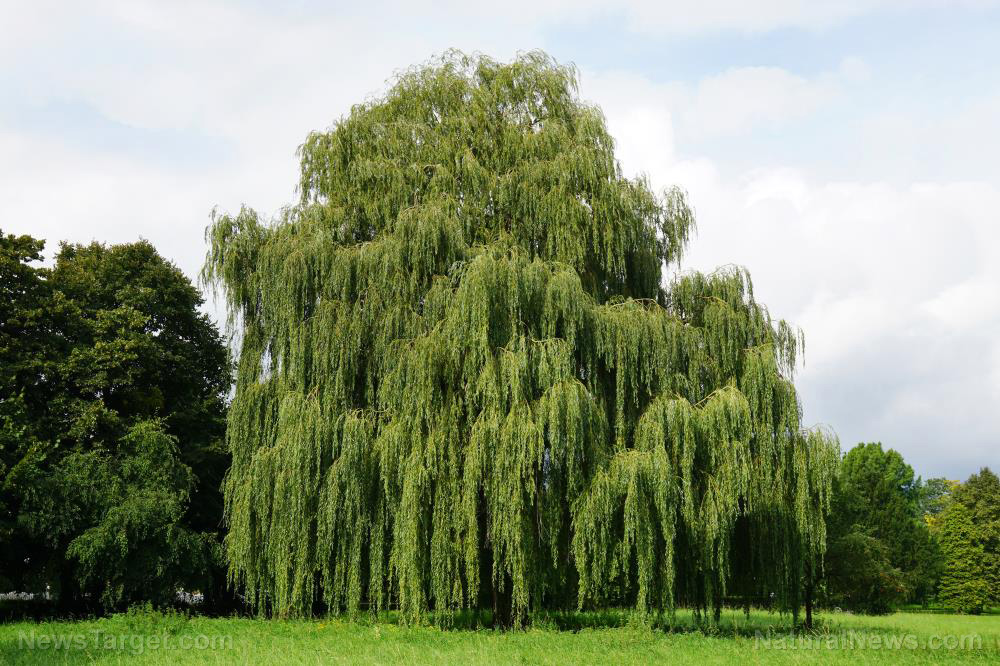
- White willow bark has been used for millennia, with ancient civilizations like the Sumerians, Egyptians and Native Americans utilizing it for pain relief, inflammation and fever reduction. Its active compound, salicin, inspired the development of modern aspirin.
- Rich in salicin, flavonoids, tannins and polyphenols, white willow bark offers anti-inflammatory, analgesic and antioxidant effects, making it effective for pain relief, reducing inflammation and combating oxidative stress.
- Available in various forms, white willow bark can be used to treat headaches, joint pain, menstrual cramps and fever. It can also be incorporated into skincare products for its astringent properties.
- White willow bark is a staple herb in Traditional Chinese Medicine and was rediscovered in the 18th century by Edward Stone, which led to its widespread use in Europe and the eventual creation of aspirin.
- While generally safe, white willow bark should be used with caution, especially by individuals on blood-thinning medications or those with aspirin sensitivities. Consultation with a healthcare provider is recommended before use.
For centuries, humanity has turned to nature for remedies to alleviate pain, reduce inflammation and heal the body. Among the many botanical treasures, white willow bark (Salix alba) stands out as a time-honored herbal medicine. Derived from the bark of the white willow tree, this natural medicine has been used for millennia to treat a variety of ailments, from headaches to joint pain. Its active compounds, particularly salicin, have even inspired the development of modern pharmaceuticals like aspirin.
Brief history of white willow bark
The earliest recorded use of willow bark for medicinal purposes can be traced to the Sumerians and Egyptians, who used it to relieve pain and inflammation. Hippocrates, the father of modern medicine, recommended chewing on willow bark to alleviate pain and reduce fevers. Native American tribes also used willow bark for medicine, brewing it into teas to treat headaches, muscle pain and arthritis. (Related: Reduce pain and cramping with white willow bark.)
The white willow tree, Salix alba, is native to Europe and Central Asia but has since been cultivated worldwide. It thrives in moist, temperate climates, often found along riverbanks and wetlands. The tree’s name, Salix, is derived from the Celtic words sal, meaning “near,” and lis, meaning “water,” reflecting its natural habitat.
White willow bark is known by several other names, including European willow, brittle willow and willow bark. The bark itself is typically grayish-brown in color, with a rough, fissured texture. When dried and prepared for medicinal use, it often appears as thin, curled strips or a fine powder. It has a mildly bitter taste, with a tannic quality that can be off-putting to some.
One notable anecdote involves the 18th-century English clergyman Edward Stone, who is credited with rediscovering the medicinal properties of willow bark. After chewing on a piece of willow bark to relieve his fever, Stone conducted experiments that led to the widespread use of willow bark extract in Europe. His findings laid the groundwork for the development of aspirin in the 19th century.
Phytonutrients, health benefits and medicinal uses
White willow bark is rich in bioactive compounds, including salicin, flavonoids, tannins and polyphenols. Salicin, its most well-known active compound, is metabolized in the body into salicylic acid, which has anti-inflammatory, analgesic and antipyretic properties. Flavonoids like quercetin and kaempferol also contribute to white willow bark’s antioxidant effects, while tannins provide astringent properties that can help reduce swelling and irritation.
White willow bark is traditionally used to address a wide range of conditions. Its primary benefits include:
- Pain relief – White willow bark is often used to alleviate headaches, back pain and joint pain. Its salicin content works similarly to aspirin, inhibiting the production of prostaglandins, which are responsible for pain and inflammation.
- Anti-inflammatory effects – White willow bark is particularly effective in reducing inflammation associated with conditions like osteoarthritis, rheumatoid arthritis and gout.
- Fever reduction – Historically, white willow bark has been used to reduce fevers, making it a natural antipyretic.
- Menstrual cramp relief – White willow bark’s anti-inflammatory properties can help ease the discomfort of menstrual cramps.
- Antioxidant support – The flavonoids in white willow bark help combat oxidative stress, potentially reducing the risk of chronic diseases.
White willow bark is available in various forms, including capsules, tablets, tinctures, teas and powders. To make tea, the bark is typically steeped in hot water for 10 – 15 minutes. The resulting infusion has a slightly bitter, astringent taste with a woody aroma. Some people prefer to mix it with honey or lemon to improve its flavor.
White willow bark can be found in creams and ointments designed to soothe muscle aches and joint pain. Its astringent properties also make it a popular ingredient in skincare products aimed at reducing redness and inflammation.
In Traditional Chinese Medicine, willow bark is often combined with other herbs to enhance its therapeutic effects. For example, it is sometimes paired with ginger to boost circulation or with licorice root to soothe digestive issues.
Recipes featuring white willow bark
While white willow bark is primarily used as a medicinal herb, it can also be incorporated into recipes for those seeking a natural approach to wellness. Here are a few creative ideas:
- Willow bark and ginger tea – A soothing blend of white willow bark, fresh ginger and honey to relieve pain and inflammation.
- Anti-inflammatory smoothie – Combine white willow bark powder with turmeric, pineapple and coconut water for a refreshing, health-boosting drink.
- Herbal pain relief tincture – Mix white willow bark with valerian root and chamomile in an alcohol base for a potent natural remedy.
- Willow bark-infused oil – Steep white willow bark in olive oil to create a topical oil for massaging sore muscles and joints.
- Detoxifying willow bark broth – Simmer white willow bark with vegetables and herbs to create a nourishing, anti-inflammatory broth.
White willow bark is a testament to the enduring power of nature’s pharmacy. Its rich history, potent phytonutrients and versatile applications make it a valuable tool for managing pain, inflammation and other health concerns.
While white willow bark is generally safe to use for most people, it is important to consult your healthcare provider before using it, especially if you’re on blood-thinning medications or have aspirin sensitivities. As with any herbal remedy, moderation and informed use are key to harnessing its benefits safely and effectively.
This story is not medical advice and is not intended to treat or cure any disease. Always consult with a qualified naturopathic physician for personalized advice about your specific health situation or concern.
Visit NaturalNews.com, a great article source where you can learn about superfoods and their health benefits.
You can also try Brighteon.ai, an AI model created by Mike Adams, also known as the Health Ranger. This model is available as a free download to be run locally and is designed to help share and decentralize knowledge. By doing so, it aims to bypass censorship and empower people with knowledge.
If you’re looking for an uncensored video free speech website where you can openly discuss nutrition, natural medicine, ingredients and more, check out Brighteon.com and our two free speech social media sites, Brighteon.IO and Brighteon.social.
Watch this video to learn more about white willow bark as a natural medicine.
This video is from the Holistic Herbalist channel on Brighteon.com.
More related stories:
Calabash nutmeg: A hidden gem of African superfoods.
A guide to the healing power of patchouli.
Unveiling the mystique of vetiver: An essential oil for wellness.
Take back your OWN health: Learn to recognize the basic signs of nutrient deficiencies.
Sources include:
Submit a correction >>
Tagged Under:
alternative medicine, anti-inflammatory, antioxidants, Chinese medicine, health science, herbal medicine, Herbs, natural cures, natural health, natural medicine, Naturopathy, pain relief, phytonutrients, plant medicine, remedies, salicin, salicylic acid, White Willow Bark
This article may contain statements that reflect the opinion of the author
RECENT NEWS & ARTICLES
Herbs.News is a fact-based public education website published by Herbs News Features, LLC.
All content copyright © 2018 by Herbs News Features, LLC.
Contact Us with Tips or Corrections
All trademarks, registered trademarks and servicemarks mentioned on this site are the property of their respective owners.

